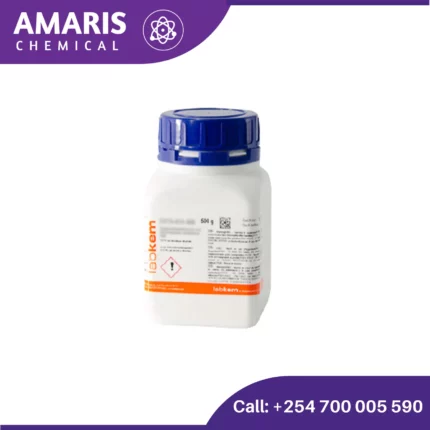

Aceto Orcein
$2,100.00 Original price was: $2,100.00.$2,000.00Current price is: $2,000.00.
Aceto Orcein
Aceto Orcein is a synthetic dye used primarily in histology and cytology for staining tissues. It’s known for its ability to selectively stain chromatin and nucleic acids, making it valuable for studying cell structures. The dye is often employed in research to highlight genetic material, allowing for clearer visualization of cellular components under a microscope. Its vivid coloration helps differentiate between different types of tissues and cellular elements.
Aceto Orcein Uses
Histological Staining:
It stains chromatin and nucleic acids, aiding in the examination of cellular and tissue structures.
Cytological Studies:
Helps in visualizing chromosomes and other nucleic acid-rich components during cell preparation and examination.
Genetic Research:
Useful in studies involving chromosomal morphology and structure, particularly in karyotyping and chromosome analysis.
Educational Demonstrations:
Employed in teaching laboratories to demonstrate the staining techniques and visualization of genetic material.
1. Basic Identification Attributes
- Chemical Name: Complex mixture (orcein + acetic acid)
- CAS Number:
- Orcein: 1400-62-0
- Acetic Acid: 64-19-7
- HS Code: 3203.00.90 (Other coloring matter of vegetable origin)
- Molecular Formula: Not applicable (natural dye mixture)
- Synonyms: Orcein stain, Acetic-orcein, Orcein-acetic acid solution
2. Physical & Chemical Properties
- Physical State: Dark purple/brown liquid solution
- Color & Odor: Purple-red; vinegar-like odor (from acetic acid)
- Boiling Point: ~118°C (driven by acetic acid component)
- Melting Point: Not applicable (mixture)
- Density: ~1.02–1.05 g/cm³ (varies with concentration)
- Solubility:
- Water: Soluble (acetic acid base)
- Organic solvents: Ethanol, glycerol
- pH Level: ~2–3 (acidic due to acetic acid)
- Vapor Pressure: Dominated by acetic acid (~15.7 mmHg at 25°C)
3. Safety & Hazard Attributes
- Hazard Class:
- Corrosive (due to acetic acid; Category 1B)
- Skin/Eye Irritant (Category 2)
- NFPA Ratings: Health-2, Flammability-1, Reactivity-0
- Exposure Limits:
- Follow acetic acid limits (OSHA PEL: 10 ppm)
- Reactivity:
- Incompatible with strong oxidizers, bases.
- May stain fabrics/surfaces permanently.
4. Storage & Handling Attributes
- Storage Conditions:
- Tightly sealed in amber glass/HDPE bottles (light-sensitive).
- Store at room temperature (15–25°C).
- Incompatible Materials: Metals, alkaline solutions.
- Container Type: Glass or HDPE (acetic acid-resistant).
- Shelf Life: 1–2 years if unopened.
- Special Handling:
- PPE: Gloves (nitrile), goggles, lab coat.
- Use in fume hood for prolonged work.
5. Regulatory & Compliance Attributes
- Regulatory Status:
- Not specifically regulated; follows acetic acid guidelines.
- Hazard Symbols:
- GHS Pictograms: Corrosion, Exclamation Mark
- Transportation Restrictions:
- Likely UN 2789 (acetic acid) for concentrated solutions.
- Waste Disposal:
- Treat as corrosive waste (neutralize before disposal).
6. Environmental & Health Impact
- Ecotoxicity: Low data; orcein is natural but may be toxic to aquatic life in high concentrations.
- Persistence: Biodegradable (acetic acid component degrades rapidly).
- Carcinogenicity: No significant data (orcein not classified by IARC).
Biodegradability: Yes (primary components are organic).
General Handling:
- Use in a well-ventilated area(preferably a fume hood) to avoid inhalation of fumes.
- Avoid skin and eye contact– aceto-orcein is a dye and can stain skin/clothing.
- Do not ingest– harmful if swallowed.
Personal Protective Equipment (PPE):
- Gloves:Nitrile or latex gloves to prevent skin contact.
- Eye Protection:Safety goggles or a face shield.
- Lab Coat/Apron:To protect clothing from stains and spills.
- Respirator (if needed):If handling large quantities or in poorly ventilated areas.
Storage:
- Store in a tightly sealed, labeled containeraway from light and heat.
- Keep away from oxidizers, acids, and bases(may cause reactions).
- Recommended storage temperature: Room temperature (15–25°C).
Spill Management:
- Small spills:Absorb with paper towels or inert absorbent material.
- Large spills:Contain with spill kits, neutralize if necessary, and dispose of as hazardous waste.
- Avoid washing into drains(environmental hazard).
Skin Contact:
- Symptoms:Staining, possible irritation.
- Action:
- Remove contaminated clothing.
- Wash affected area with soap and waterfor at least 15 minutes.
- Seek medical attention if irritation persists.
Eye Contact:
- Symptoms:Redness, pain, possible staining.
- Action:
- Immediately flush eyes with lukewarm water for 15–20 minutes, holding eyelids open.
- Seek immediate medical attention.
Inhalation:
- Symptoms:Dizziness, respiratory irritation.
- Action:
- Move to fresh air immediately.
- Administer oxygen if breathing is difficult.
- Seek medical help if symptoms persist.
Ingestion:
- Symptoms:Nausea, vomiting, gastrointestinal irritation.
- Action:
- Do NOT induce vomiting.
- Rinse mouth with water.
- Seek immediate medical attention.
Fire Hazards:
- Combustible but not highly flammable.
- When heated, may emit toxic fumes (CO, CO₂, nitrogen oxides).
- No specific flash point data, but treat as a potential fire hazard if exposed to open flames.
Extinguishing Methods:
- Use:
- Water spray(for cooling and fire suppression).
- CO₂ extinguishers.
- Dry chemical powder.
- Avoid:
- Water jets(may spread chemical).
Firefighting Procedures:
- Wear full protective gear (SCBA, fire-resistant suit).
- Evacuate non-essential personnel.
- Cool containers exposed to fire with water sprayto prevent rupture.
Emergency & Regulatory Information
- GHS Hazard Statements:
- H315(Causes skin irritation)
- H319(Causes serious eye irritation)
- H335(May cause respiratory irritation)
- Disposal:Treat as chemical waste – follow local regulations.
- Emergency Contacts:Poison Control, local hazardous materials team
Related products
Activated Carbon
Aluminium sulphate Alum Rock
Boric Acid
Pyrogallol Crystals 25gm
Silver Chloride 25gm
- Formula: AgCl
- Appearance: White crystalline solid
- Solubility: Very low solubility in water (known as a water-insoluble salt)
- Light sensitivity: Silver chloride darkens upon exposure to light, due to the conversion of silver ions (Ag⁺) to metallic silver (Ag).
Silver Nitrate 25gm
- Formula: AgNO₃
- Appearance: White crystalline solid
- Odor: Odorless
- Solubility: Highly soluble in water
- Melting point: 212 °C (414 °F)



 LABORATORY EQUIPMENT & APPARATUS
LABORATORY EQUIPMENT & APPARATUS
 Fertilizers
Fertilizers Plant Growth Regulators
Plant Growth Regulators Soil Conditioners
Soil Conditioners Animal Feed Additives
Animal Feed Additives Biostimulants
Biostimulants Dough Conditioners
Dough Conditioners Flour Treatments
Flour Treatments Fat Replacers
Fat Replacers Preservatives (baking)
Preservatives (baking)
 Surfactants (cleaning)
Surfactants (cleaning) Builders
Builders Bleaching Agents
Bleaching Agents Enzymes
Enzymes Solvents (cleaning)
Solvents (cleaning) Fragrances
Fragrances

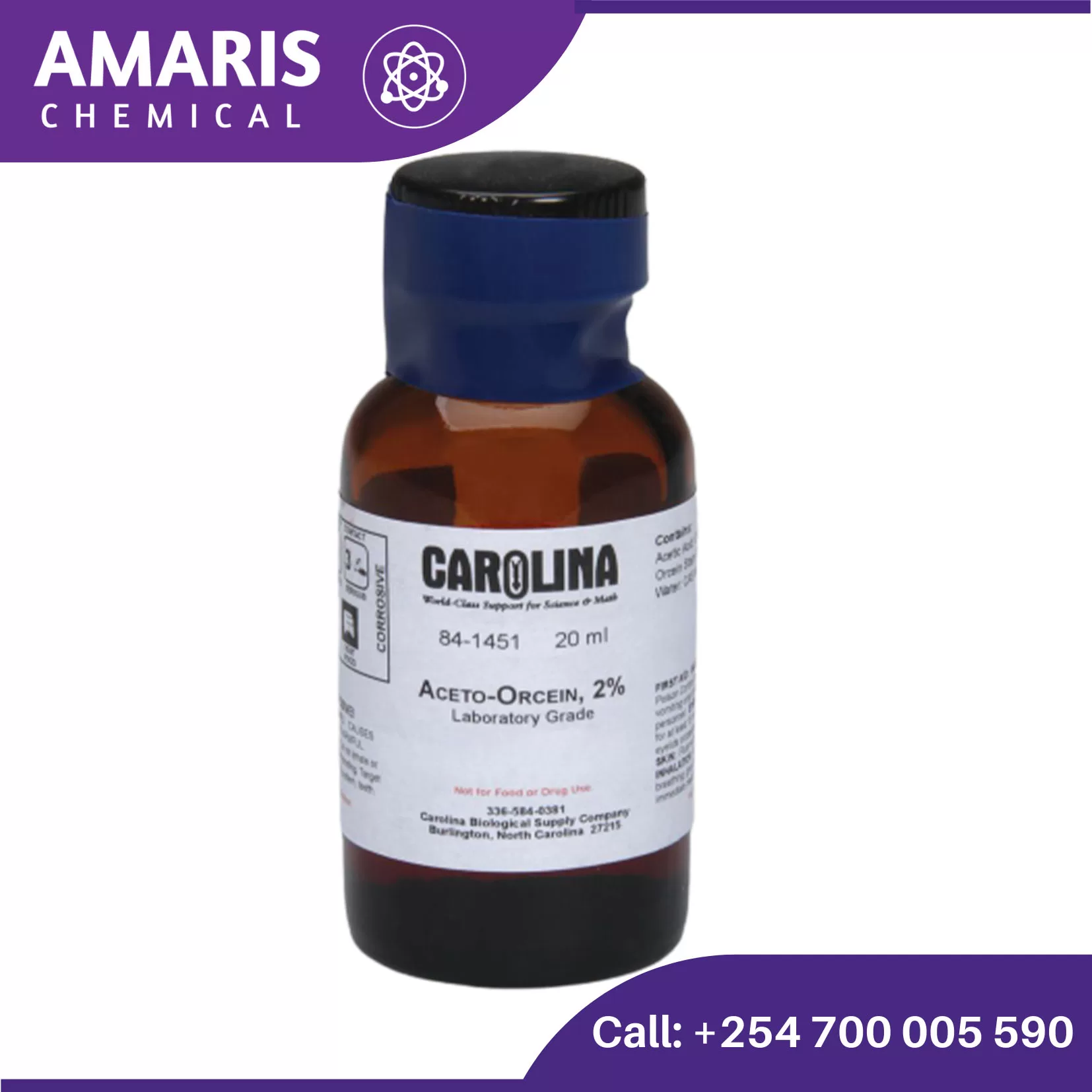



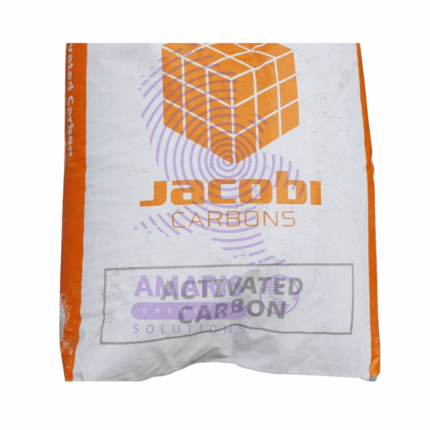
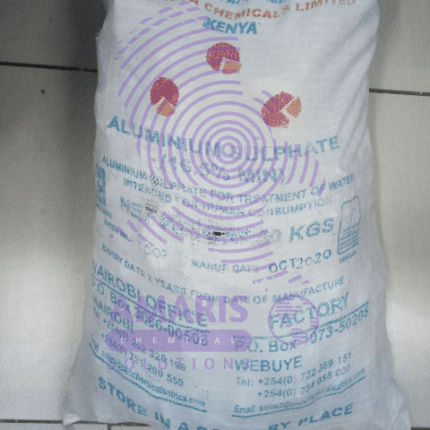
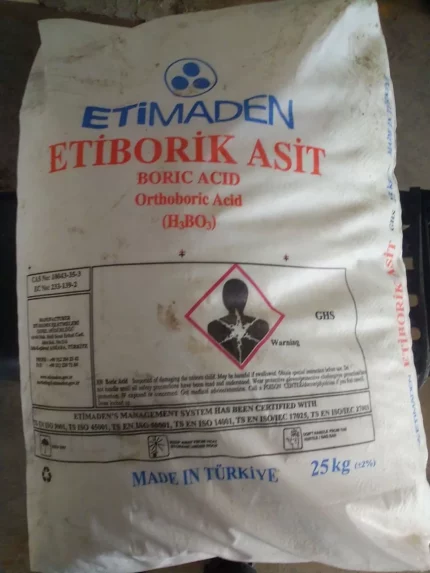

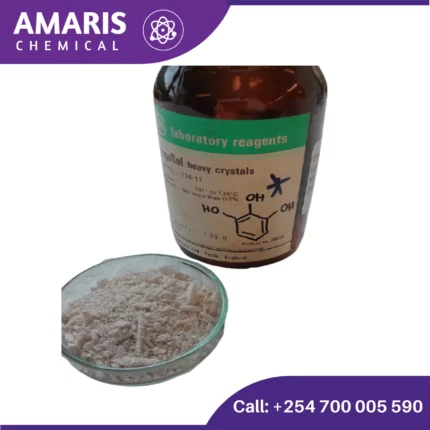
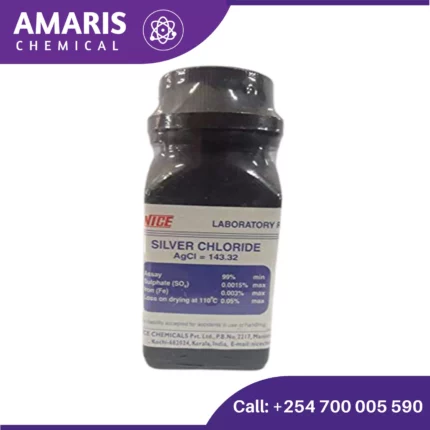
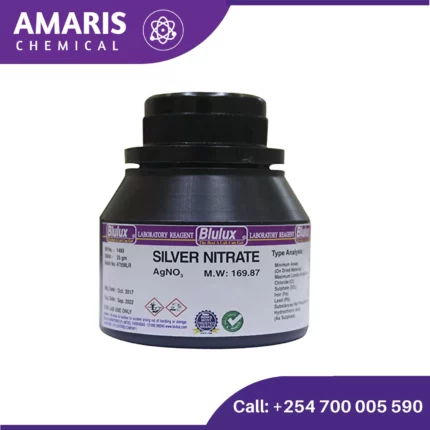
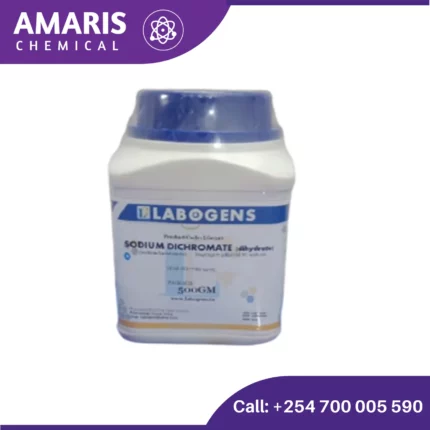
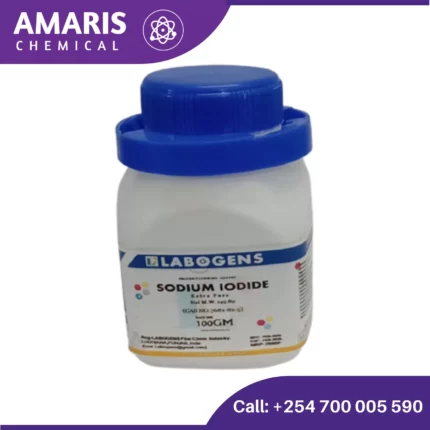













Reviews
There are no reviews yet.